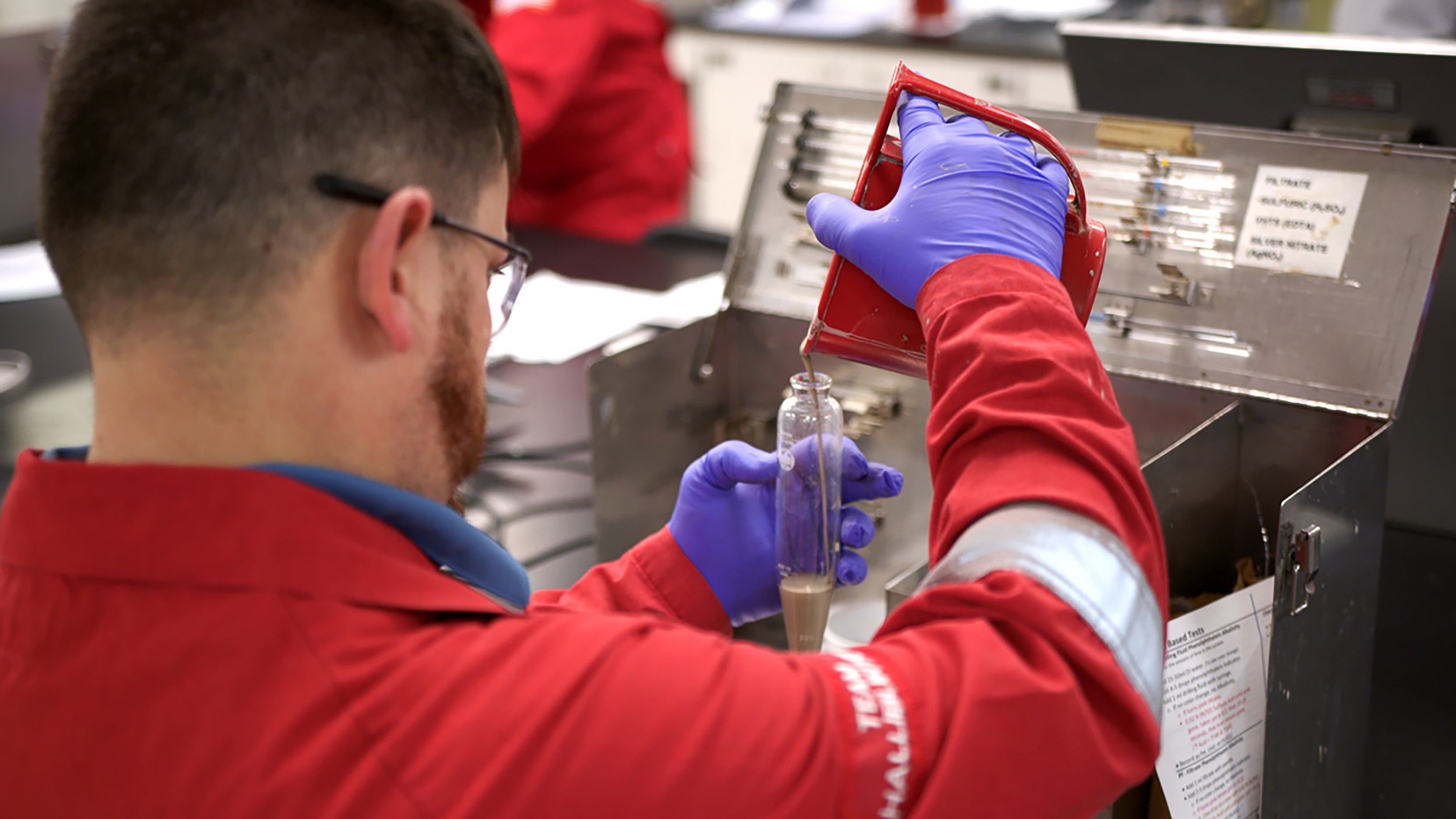 Search
Search
 Search
Search

BaraHib® Nano sealant combines with high-performance water-based fluid to reduce fluid loss, stabilize wellbore
Download PDFMature fields

Elevated torque, wellbore instability

Caspian Sea

Highly depleted sands and over-pressured shales hamper optimal drilling performance in some Caspian Sea fields. High drilling fluid densities are needed to hold shales in place. This increase in overbalance leads to filtrate invasion and differential sticking risks in permeable zones.
When sealing and bridging the sands, filter cake thickness increases with continued leakoff over time. As a result, torque multiplies while drilling through highly depleted sands. As depth and fluid weights increase, differential sticking events become common. In extreme cases, this trend can result in lost bottom-hole assemblies (BHAs), section redrills, and significant lost time.
This increases the total cost to achieve the well objectives.
Complex mixed formations with depletion from prior production pose multiple challenges to drilling. In many cases, oil-based muds (OBMs) are required to provide adequate shale stabilization and low filtrate invasion. Water-based fluids (WBFs) face a host of issues because high solids content is needed to achieve the required density. The filter cake deposited inside the wellbore must remain as thin as possible.
Conventional additives can achieve filtration performance on par with OBMs, but this often results in thick filter cakes and excessive fluid viscosity. Thin, impermeable filter cakes are needed to minimize the risks of differential sticking, lost time, or lost bottom-hole assemblies (BHAs).
Various micro and nano products (including traditional latex copolymers and newer, composite nanotechnology) were evaluated with traditional and nontraditional fluid loss solutions. Target sands are +/-100 mD with overbalances as high as 6,000-plus psi. Fluid loss from standard fluid formulations, consisting of many combinations of these products, was compared using the pore-plugging apparatus (PPA). Test conditions were limited to a 4,500-psi differential for laboratory safety reasons and 10-µm ceramic discs. The combination of BaraHib® Nano nanotechnology wellbore sealant and a proprietary nonionic polymer proved to be the most effective with the delivery of a thin filter cake and adequate fluid loss control. In addition, the current shale inhibitor package (amine, encapsulator, glycol, and salt concentration) was validated against retrieved field cuttings.
This study allowed for a detailed comparison of their optimum concentrations with respect to the new amines in the presence of BaraHib® Nano wellbore sealant.
Filter cakes for lab formulations remained thin (comparable to OBM filter cakes) over a wide range of densities from 13 ppg to 18 ppg — even at this high overbalance pressure (Figure 1 in the PDF at the top of the page). The filter cakes were quickly sealed to minimize continued leakoff and any subsequent cake growth. As an additional benefit, this was achieved without sized carbonate, reducing the solids content.
psi overbalance
ppg of fluid density
klbs/ft of torque on offset wells
klbs/ft torque on wells with BaraHib® Nano
The implementation of the first developed BaraHib® Nano system, with a trackable inhibitor package and nanocomposite wellbore sealant, minimized and controlled fluid loss throughout the entire well. At times, the overbalance was as high as 5,900 psi (measured). However, the fluid produced a consistently thin, fast-sealing filter cake. This proactive measure prevented additional cake buildup and stopped the significant increases in breakout (post-connection) torque. This was a primary factor for past differential sticking incidents. There were no indications of differential sticking in this well, and drilling proceeded without incident to target depth.
The graphs in the PDF at the top of this page (Figure 4 — with the same depths and the same torque scale) show a near-vertical breakout torque profile in the 6-in. section, indicating very little increase throughout the section — even though the fluid density was increased from 15 ppg up to 17.2 ppg at target depth. The offset well on the right of Figure 4 shows the torque increasing proportionately to the depth, with the highest breakout torque of 15.7 klbs/ft. Torque on bottom was clearly increasing beyond 2,500 m even with lubricant added. In contrast, the well with BaraHib® Nano (left side) produced a marginal increase in torque from top to bottom in this hole section with a maximum reading of 9 klbs/ft after a wiper trip.
Without the wiper trip, the maximum overall torque was 8 klbs/ft without lubricant additions. The impressive improvement in torque readings and the extremely low friction factors allowed the operator to trip out on elevators rather than back-ream. The operator gained confidence in the stability of the well and initiated an extensive logging program inclusive of a 31-point MDT to ascertain pore pressures and overbalance.

Expansive portfolio of engineered high-performance water-based fluids and additives that can be customized to meet your specific challenges
